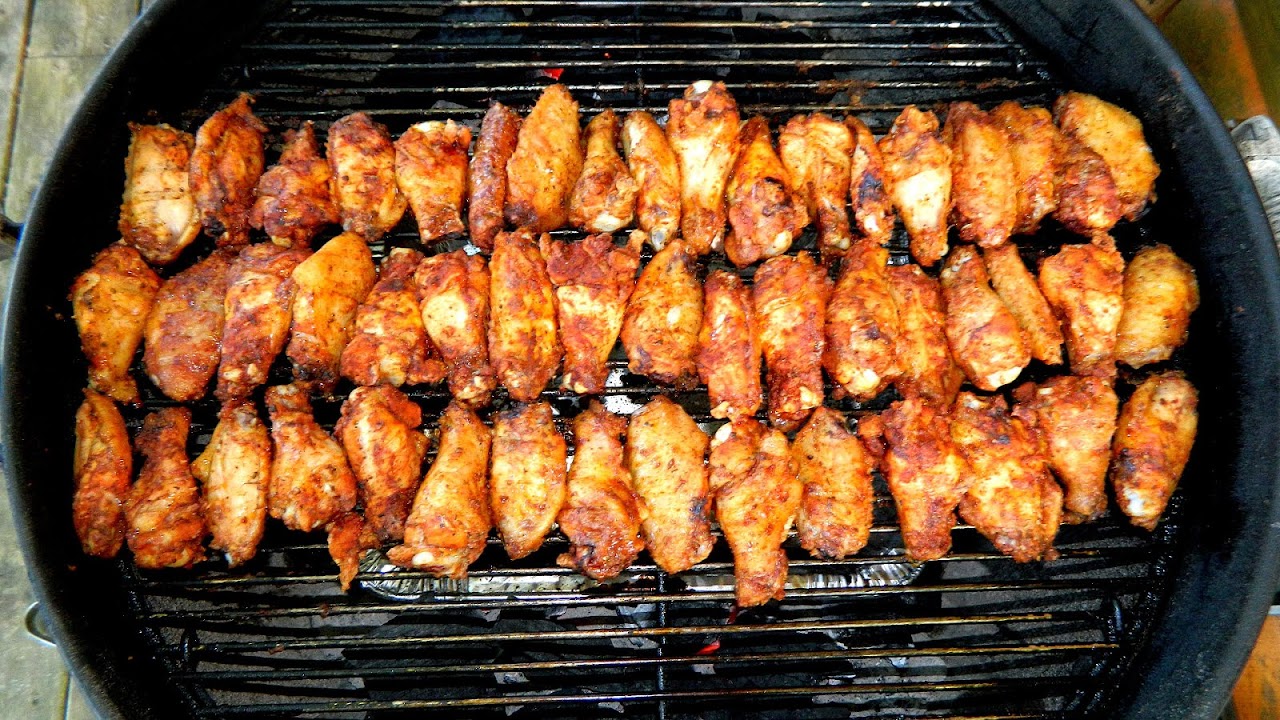
Yakitori (Japanese: ???, lit. grilled chicken) is a Japanese type of skewered chicken.
The preparation of Yakitori involves skewering the meat with kushi (??), a type of skewer typically made of steel, bamboo, or similar materials. Afterwards, they are grilled over a charcoal fire. During or after cooking, the meat is typically seasoned with tare sauce or salt.

Maps, Directions, and Place Reviews
Preparation
As they are designed for convenience and portability, yakitori are typically cooked using methods that come step by step.
Traditionally, it was accomplished by using portable charcoal grills. That is the method most often employed by yatai, however, restaurants may use stationary grills, and depending on the situation, higher l-quality binch?tan charcoal.
For home use, various appliances known as takuj? konro (?????, "mini griller") or yakitori-ki (????, "Yakitori device") are used. Yakitori-ki are small electrical appliances which use a heating element similar to that of a broiler or toaster to cook the food placed on top.
In order to facilitate even cooking, the meat is cut into small, roughly uniform shapes and then skewered with kushi; after which the yakitori are seasoned and cooked. Charcoal is the preferred method of cooking as it produces high heat and strong flames while giving off little to no water vapor. This allows for the ingredients to cook quickly while imparting a crunchy texture to the skin. While gas and electric heat sources can be used, they do not develop the same aromas or textures as charcoal-cooked yakitori.
Seasoning
Yakitori seasonings are primarily divided among two types: salty or salty-sweet. The salty type usually uses plain salt as its main seasoning. For the salty-sweet variety, tare, a special sauce consisting of mirin, sake, soy sauce, and sugar is used. Other common spices include powdered cayenne pepper, shichimi, Japanese pepper, black pepper, and wasabi, according to one's tastes.
How To Cook Chicken Wings On Charcoal Grill Video
Sales
Yakitori-ya (????) are small shops specializing in yakitori. They usually take the form of a compact shop offering take-out services only, but sit-down restaurants and restaurant chains are also popular.
Yakitori is not limited to speciality shops, however. It is readily found on the menus of izakaya all across Japan and is also sold pre-cooked, as frozen vacuum packs, or even canned, the latter of which was made popular by Hotei Foods Corporation which is the first company that started selling yakitori-in-can in 1970, with 9 flavors as of 2016. Their TV commercial song has been iconic to their brand name. Due to its ease of preparation and portability, yakitori is a very popular street food, often sold from small carts and stalls known as yatai. Yatai are found, among other places, dotting streets during festivals or on heavily trafficked routes during the evening commute where customers will enjoy beer and sake with yakitori.

Kushiyaki
Kushiyaki (???), is a formal term that encompasses both poultry and non-poultry items, skewered and grilled. Both yakitori and kushiyaki are used interchangeably in Japanese society to refer to skewered meat collectively; however, when referring to a specific item, yakitori will not be used unless the primary meat is chicken. While using pork, grilled pork on skewers are cooked with the same sauce as yakitori, and that is why in some areas as Muroran, grilled pork on skewers are called "yakitori", instead of yakiton (????, skewered and grilled pork).

Examples
Yakitori
Due to a wide diversity in cuts and preparation methods, yakitori takes on many forms. Some popular examples include:
- momo (??), chicken thigh
- "hasami" (???) can also refer to chicken and onion or leek, alternating
- "sasami" breast meat
- "negima" (???), chicken and spring onion
- tsukune (???), chicken meatballs
- (tori)kawa ((??)??), chicken skin, grilled until crispy
- tebasaki (???), chicken wing
- bonjiri (????), chicken tail
- shiro (??), chicken small intestines
- nankotsu (????), chicken cartilage
- h?to / hatsu (??? / ??) or kokoro (???), chicken heart
- reb? (???), liver
- sunagimo (??) or zuri (??), chicken gizzard
- toriniku (??), all white meat on skewer
- yotsumi (???), pieces of chicken breast
Kushiyaki
The following examples are not yakitori in the strictest sense of the word, and are better classified as "kushiyaki", as they do not use poultry.
- gy?tan (???), beef tongue, sliced thinly
- butabara (???), pork back ribs
- ikada (?) (lit. raft), Japanese scallion, with two skewers to prevent rotation
- atsuage t?fu (??????), thicker variety of deep-fried tofu
- enoki maki (?????), enoki mushrooms wrapped in slices of pork
- p?man (????), green bellpepper
- asuparab?kon (????????), asparagus wrapped in bacon
- ninniku (????), garlic
- shishit? (???), Japanese pepper
Source of the article : Wikipedia


EmoticonEmoticon